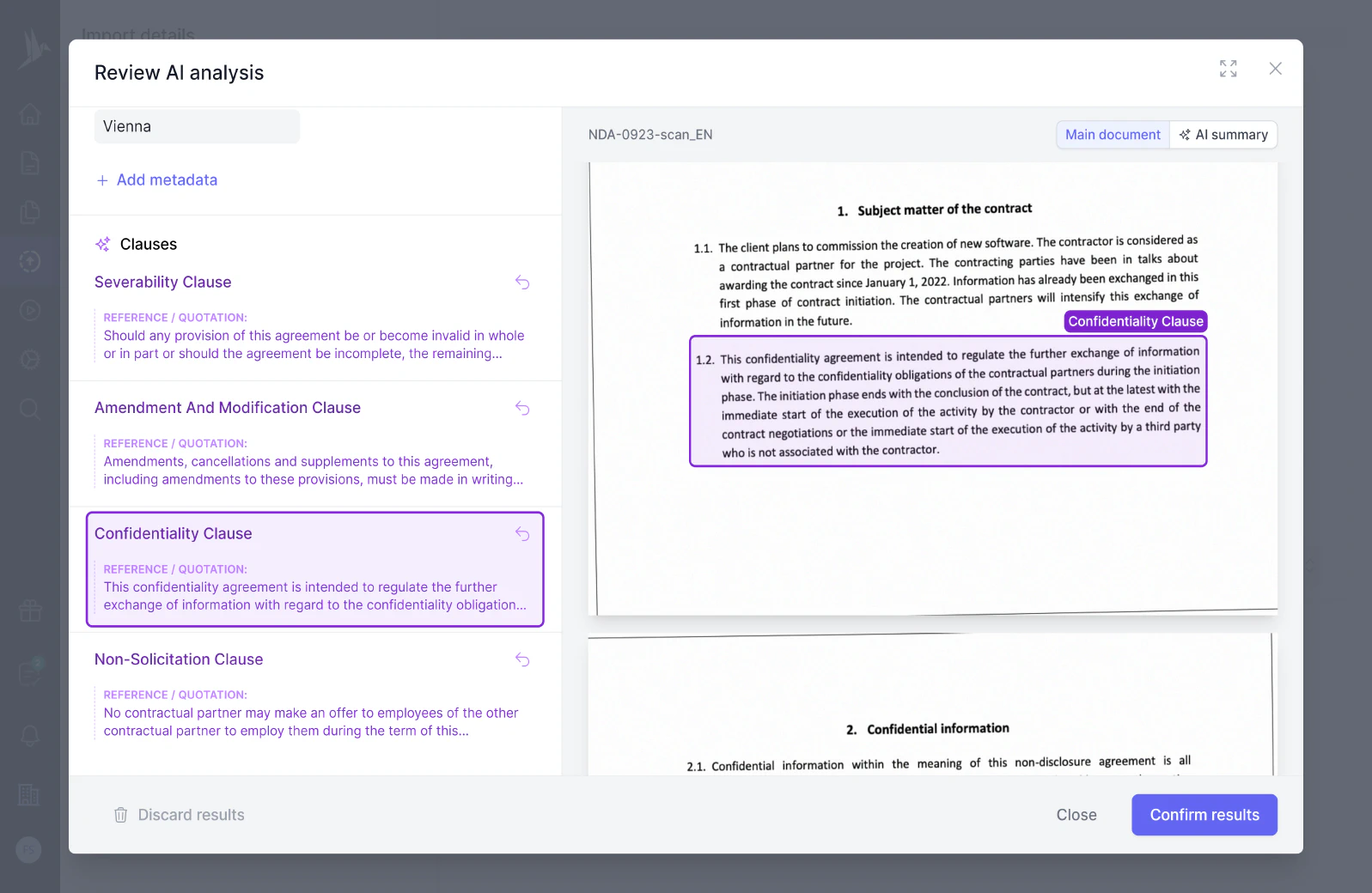Mutual indemnification is a contractual provision where each party agrees to compensate the other for any losses, damages, or liabilities arising from specific actions or breaches related to the agreement. This clause is designed to ensure both parties are protected against claims or damages caused by the other party's negligence or misconduct.
What is Mutual Indemnification?
Mutual indemnification is a contractual provision in which each party agrees to compensate the other for certain damages or losses that may arise during the course of their agreement. It serves as a risk management tool, protecting the parties from liability for certain actions or occurrences. The mutual aspect means that both parties have indemnification obligations towards each other, promoting a balance in responsibility and risk allocation.
When should I use Mutual Indemnification?
Mutual indemnification is commonly used in business agreements where both parties have potential liability exposure. It’s particularly advantageous when:
- Both Parties Are Exchanging Goods or Services: When each party has responsibilities that may lead to potential claims, mutual indemnification ensures fairness.
- Parties Are Looking to Balance Risk: It’s used to ensure no single party bears an unfair share of liability.
- There Is a Need for Reciprocal Legal Coverage: In industries with high litigation risks, such as technology, construction, or manufacturing, mutual indemnification is often utilized.
How do I write Mutual Indemnification?
When writing a Mutual Indemnification Clause, the goal is to outline the obligations of each party to protect and compensate the other in case of losses, damages, or liabilities arising from certain actions or omissions. Here are the key elements to include:
Scope of Indemnification: Clearly specify that each party agrees to indemnify, defend, and hold the other party harmless from any claims, damages, losses, or expenses (including legal fees) that arise due to the actions, omissions, or negligence of the indemnifying party. Define the situations where indemnification applies, such as breach of contract, violation of laws, or third-party claims.
Reciprocal Obligations: Make it clear that the clause is mutual, meaning that both parties have the same obligations to indemnify each other. Use similar wording for each party’s obligations to ensure balance and fairness.
Limitations and Exclusions: Include any exclusions or limitations to the indemnification obligations, such as specifying that the indemnity does not apply in cases of gross negligence, willful misconduct, or where the claim arises solely due to the indemnified party’s own actions.
Here is a basic template:
Mutual Indemnification Clause: Each party (the “Indemnifying Party”) agrees to indemnify, defend, and hold harmless the other party (the “Indemnified Party”), its affiliates, officers, directors, employees, and agents from and against any and all claims, damages, liabilities, costs, and expenses (including reasonable attorneys’ fees) arising out of or related to: (a) any breach by the Indemnifying Party of its representations, warranties, or obligations under this Agreement; and (b) any act or omission of the Indemnifying Party in the performance of its obligations under this Agreement.
Be sure to adjust the clause to reflect the specific risks and liabilities relevant to your agreement and consult with legal counsel to ensure compliance with applicable laws.
Which contracts typically contain Mutual Indemnification?
Mutual indemnification clauses are common in several types of contracts, including:
- Service Agreements: Especially in contracts involving the outsourcing of services or collaboration.
- Supply Contracts: Where goods are exchanged, and there is potential for defects or breach.
- Technology Agreements: Including software licensing and SaaS agreements, where both parties might have liability for infringement or data breaches.
- Joint Ventures and Partnerships: Where both parties contribute resources and assume responsibilities.
By including mutual indemnification, these agreements can better manage and allocate the risks associated with each party’s activities.



